What is a Lithium Battery Isolation Manager (Li-BIM)?
Li-BIM provides isolation and connectivity between multiple systems within a lithium battery, both to protect the health and safety of the battery and to monitor the health of the battery, as well as to maintain safe conditions during charging or discharging.
But how exactly does it work?
1. Battery Isolation: The First Line of Defense
The main purpose of Li-BIM is to isolate the batteries so that they do not adversely affect another battery. As in a caravan or motorhome installation, the Li-BIM ensures that the chassis batteries (mainly lead-acid batteries) do not drain the Li-BIM and vice versa. It also keeps the charge intact and maintains the functionality of both batteries for their respective purposes.
This isolation not only prevents cross-system power drain, but also prevents overcharging. When the voltage reaches an unstable level, Li-BIM can disconnect the batteries to prevent damage and automatically connect them later. Imagine the chaos that would ensue if a high-powered starter battery continued to feed energy into a fragile lithium-assisted battery. Li-BIM prevents this from happening by disconnecting the power at just the right time.
2. Efficient Charging Management: Balancing Both Worlds
Charging lithium batteries is actually a technical job. This lithium battery management software is particularly good at making sure that both the chassis battery and the wagon battery in the motorhome are charged, as well as safely managing the entire charging process.
For example, when the RV is running, it charges the wagon battery, and when the RV is plugged into an external power source, it switches back to charging the chassis battery. Every 35 minutes, the software automatically switches to the other battery, allowing both batteries to be charged for a reasonable amount of time. This prevents overcharging, which is the enemy of battery life.
3. Real-Time Monitoring: Keeping Tabs on Battery Health
Li-BIM is microprocessor-based, which means it not only reacts to voltage changes, but also monitors the state of charge (SOC), state of health (SOH) and other important parameters over time.
Long-term voltage monitoring: By constantly checking voltage levels, Li-BIM ensures that both batteries are within their ideal operating range. This vigilance extends battery life and prevents undercharging or overcharging from damaging the system.
Temperature and Fault Monitoring: The system includes temperature sensors and an intelligent monitoring system to detect overheating or fault conditions. Whether it's overcurrent, overcharge, or extreme temperatures, Li-BIM can react accordingly.
4. Protecting Battery Health and Safety
The core of the Lithium Battery Isolation Manager (Li-BIM) is safety functions. In particular, there are:
Overcharge and overdischarge protection: When the battery voltage exceeds the safe range of about 4.2V for general Li-ion batteries, Li-BIM would automatically disconnect the battery from the charger to prevent overcharging. Similarly, when the battery voltage drops to a critical low level, it would halt discharging to prevent the battery from being over-discharged and potentially being destroyed.
Overcurrent Protection: Li-BIM can monitor overcurrent in batteries and cut power supply when excess current is on the battery side. This apart from increasing its life also contributes to the secure flow of the current in a system.
5. Emergency Start: A Backup When You Need It Most
An added bonus of the Li-BIM system is its emergency start functionality. If either the coach or chassis battery fails, the Li-BIM can provide a temporary power source, allowing the vehicle to start in case of battery failure. This is a critical safety feature, ensuring that you’re never stranded due to a dead battery.
Why Do Lithium Battery Isolation Managers Matter?
The growing trend towards electrification and energy storage has placed increasing demands on efficient, durable, and safe battery systems. In electric vehicles, RVs, and energy storage solutions, a failure in battery management can lead to more than just inconvenience—it can result in costly damage, reduced battery life, or worse, safety hazards.
Li-BIMs provide the necessary protection to optimize battery life, ensure safety, and improve the overall performance of these battery systems. Without such a manager, users risk overcharging, overheating, or potentially damaging multiple battery systems, which may lead to expensive repairs or system failures.
Industry Trends and the Future of Battery Management
With the demand for more and more automated and intelligent battery systems by the public, some of the future products, in the near future, will likely be more advance Lithium-Battery-Integrated Management systems. Indeed, as the battery chemistry improves, so does the demand for better management of that chemistry. Thus, some of the features like real-time data analytics, remote monitoring, and diagnostics using artificial intelligence are already creating waves in the arena of battery management.
And with the growth of clean energy solutions, coupled with the rising popularity of electric vehicles, lithium-ion batteries are becoming everyone's first choice. That is why learning how to manage these batteries properly is an important thing.

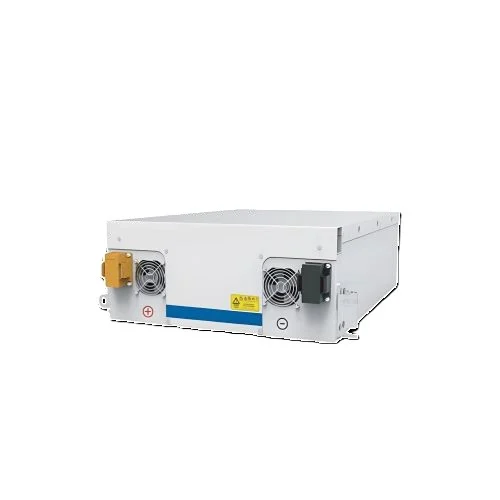
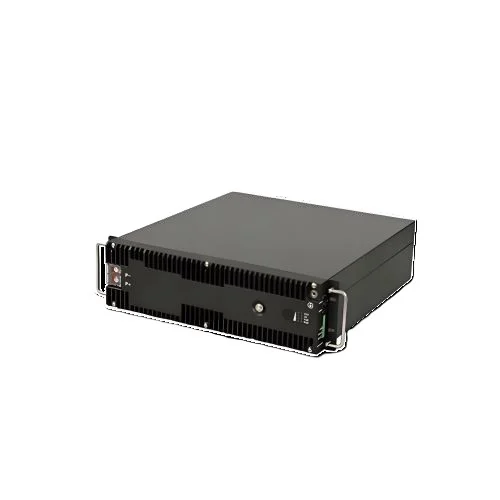
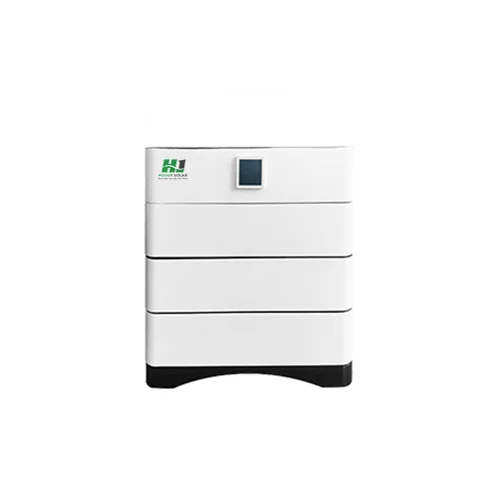
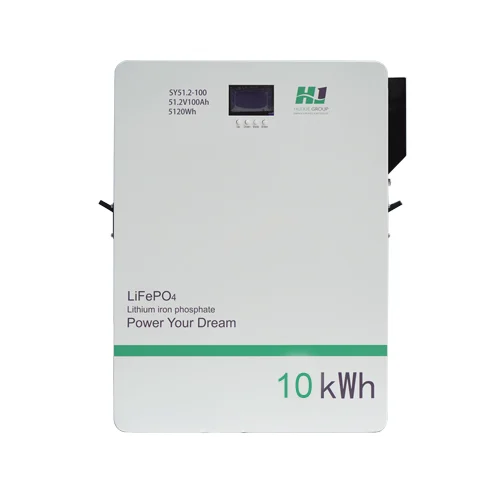
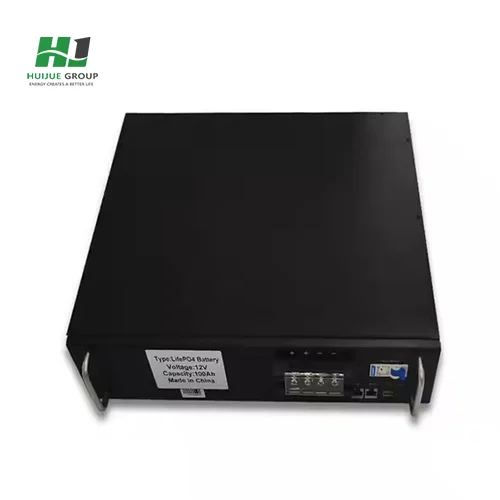

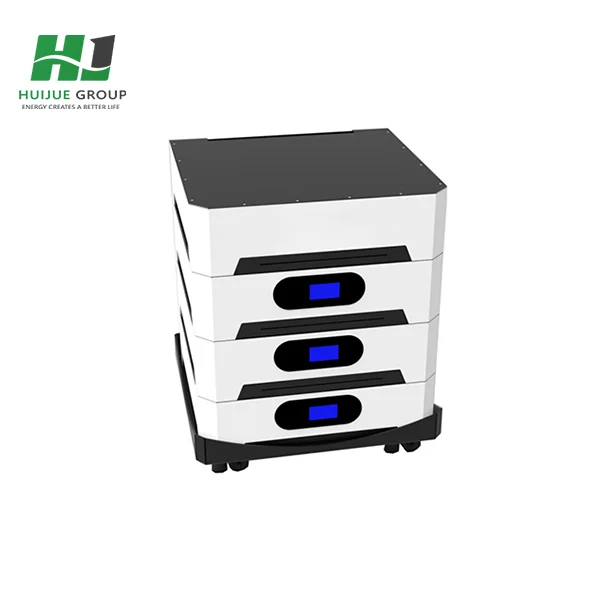

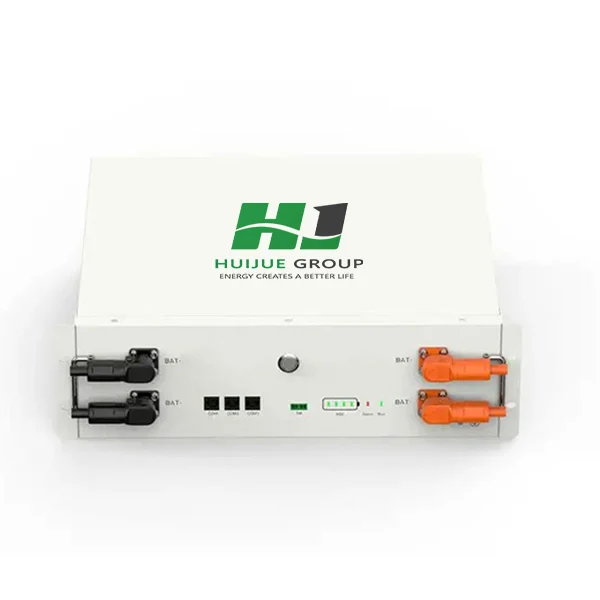
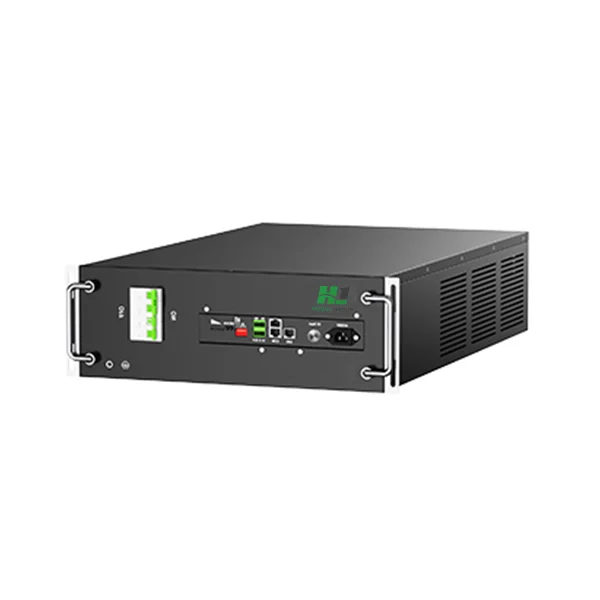





 Afrikaans
Afrikaans Albanian
Albanian Amharic
Amharic Arabic
Arabic Armenian
Armenian Azerbaijani
Azerbaijani Basque
Basque Belarusian
Belarusian Bengali
Bengali Bosnian
Bosnian Bulgarian
Bulgarian Catalan
Catalan Cebuano
Cebuano Chichewa
Chichewa Chinese (Simplified)
Chinese (Simplified) Chinese (Traditional)
Chinese (Traditional) Corsican
Corsican Croatian
Croatian Czech
Czech Danish
Danish Dutch
Dutch English
English Esperanto
Esperanto Estonian
Estonian Filipino
Filipino Finnish
Finnish French
French Frisian
Frisian Galician
Galician Georgian
Georgian German
German Greek
Greek Gujarati
Gujarati Haitian Creole
Haitian Creole Hausa
Hausa Hawaiian
Hawaiian Hebrew
Hebrew Hindi
Hindi Hmong
Hmong Hungarian
Hungarian Icelandic
Icelandic Igbo
Igbo Indonesian
Indonesian Irish
Irish Italian
Italian Japanese
Japanese Javanese
Javanese Kannada
Kannada Kazakh
Kazakh Khmer
Khmer Korean
Korean Kurdish (Kurmanji)
Kurdish (Kurmanji) Kyrgyz
Kyrgyz Lao
Lao Latin
Latin Latvian
Latvian Lithuanian
Lithuanian Luxembourgish
Luxembourgish Macedonian
Macedonian Malagasy
Malagasy Malay
Malay Malayalam
Malayalam Maltese
Maltese Maori
Maori Marathi
Marathi Mongolian
Mongolian Myanmar (Burmese)
Myanmar (Burmese) Nepali
Nepali Norwegian
Norwegian Pashto
Pashto Persian
Persian Polish
Polish Portuguese
Portuguese Punjabi
Punjabi Romanian
Romanian Russian
Russian Samoan
Samoan Scottish Gaelic
Scottish Gaelic Serbian
Serbian Sesotho
Sesotho Shona
Shona Sindhi
Sindhi Sinhala
Sinhala Slovak
Slovak Slovenian
Slovenian Somali
Somali Spanish
Spanish Sundanese
Sundanese Swahili
Swahili Swedish
Swedish Tajik
Tajik Tamil
Tamil Telugu
Telugu Thai
Thai Turkish
Turkish Ukrainian
Ukrainian Urdu
Urdu Uzbek
Uzbek Vietnamese
Vietnamese Welsh
Welsh Xhosa
Xhosa Yiddish
Yiddish Yoruba
Yoruba Zulu
Zulu